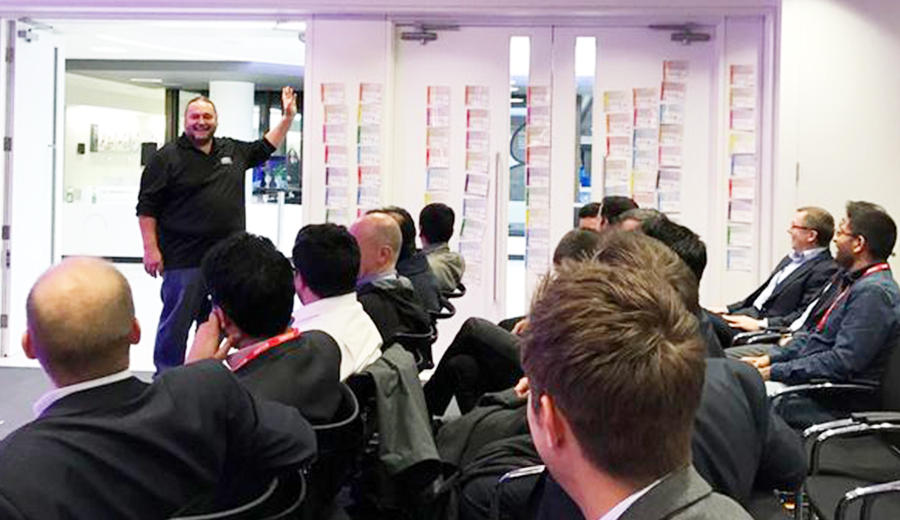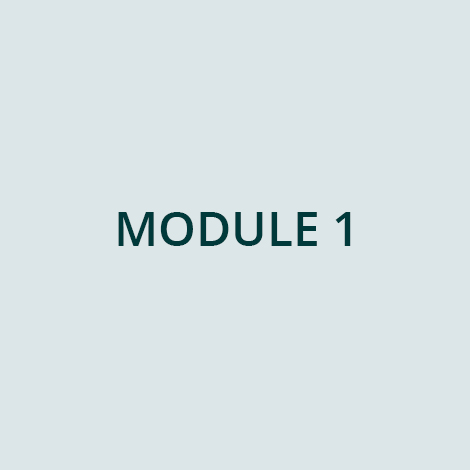Module 1: Epic Prioritisation with WSJFs
This is the most broadly used module, with a focus on exploring the mechanics of utilising Cost of Delay for economic prioritisation. Playtime is approximately 90 minutes, divided as follows:
- Introduction to economic prioritisation with COD (10 minutes)
- Play (45 minutes)
- Debrief (15-30 minutes)
Participants are provided with a set of 8 Epics relating to the development of a city, and work in groups of 4-6 to collaboratively score the various components of Cost of Delay for each Epic and prioritise the build of their city. We suggest a minimum of 2 groups, typically run for 4 groups but have scaled to 80 people playing simultaneously.
It is typically used in a stand-alone workshop to teach the theory, but we also often use it the first time a group assembles for a prioritisation workshop to set the scene and reinforce the economic prioritisation model prior to applying it to real content.
With many thanks to Thierry Conter, this module has now been translated into French.
Module 2: Feature Roadmapping
This is a short module, providing participants the opportunity to create a 3 PI roadmap for the ART which will build SAFe City. They are provided with a set of Features for each of the Epics in module 1, and asked to assemble them into a roadmap. Whilst we know that in reality COD is calculated for all features in the Program Backlog, we rely on Module 1 to teach COD itself and focus instead on the fact that ARTs prioritise Features to optimise economics. The key learning is that a high value feature from a low priority Epic trumps a low value feature from a high priority Epic.
Playtime is approximately 30 minutes, divided as follows:
- Introduction to ART Roadmaps (5 minutes)
- Play (20 minutes)
- Debrief (5 minutes)
This scales in similar fashion to Module 1. It is not intended to be used standalone, but works well as a follow-on to reinforce the fashion in which we focus on value at the Feature level (using the Epic for context) and the fact that an ART may be simultaneously working on many Epics.
Module 3: PI Planning
This module provides an alternative to the Geekbooks simulation used by Scaled Agile in certified courses. It emphasises the power of collaborative planning and the ability of the PI planning approach to enabling teams to collaboratively optimise around internal dependencies in an ART and highlight bottlenecks to flow.
The group is formed into a combination of generalist and specialist teams, and handed a set of Features and Stories to assemble into a plan. Features provide MVP information and prioritisation guidance, and numerous dependencies are injected between generalist and specialist teams to highlight inter-team interaction during breakouts.
Playtime is approximately 45 minutes as follows:
- Introduction and setup (10 minutes)
- Play (25 minutes)
- Debrief (10 minutes)
This is typically used with a group of 4 teams of 4-6 people, but can scale up to 6-8 teams at need. It can be used either standalone or in a full-play sequence. Typically, we use it in a workshop context to illustrate PI planning but can also use it as a tool with an ART program team, ScrumMasters and Product Owners to assist them in preparing for their first PI Planning. In this context, we tend to run a more extended version (up to 4 hours) exploring the formation of objectives and the building of the Program Board. The facilitation guide covers both the short and long form.










